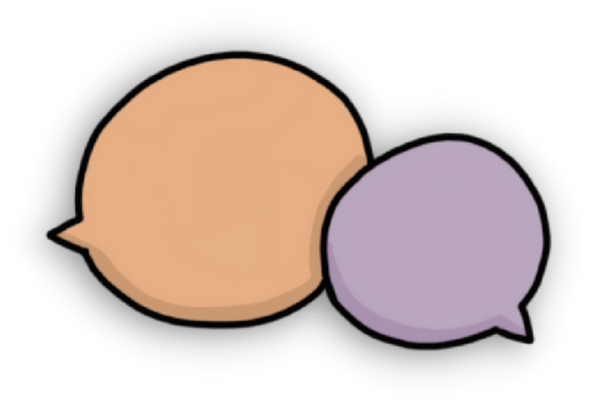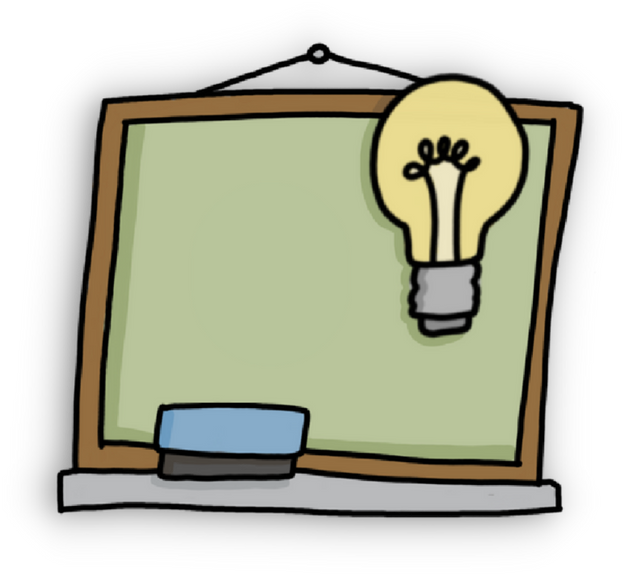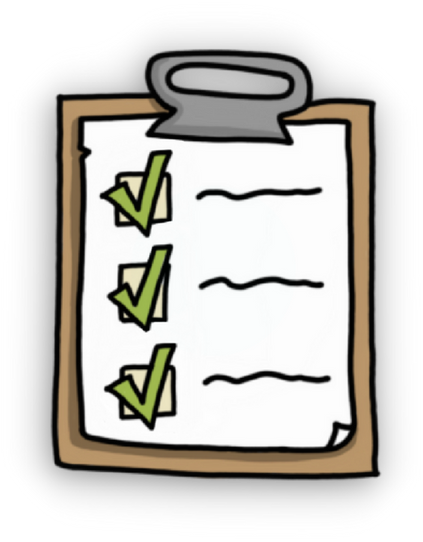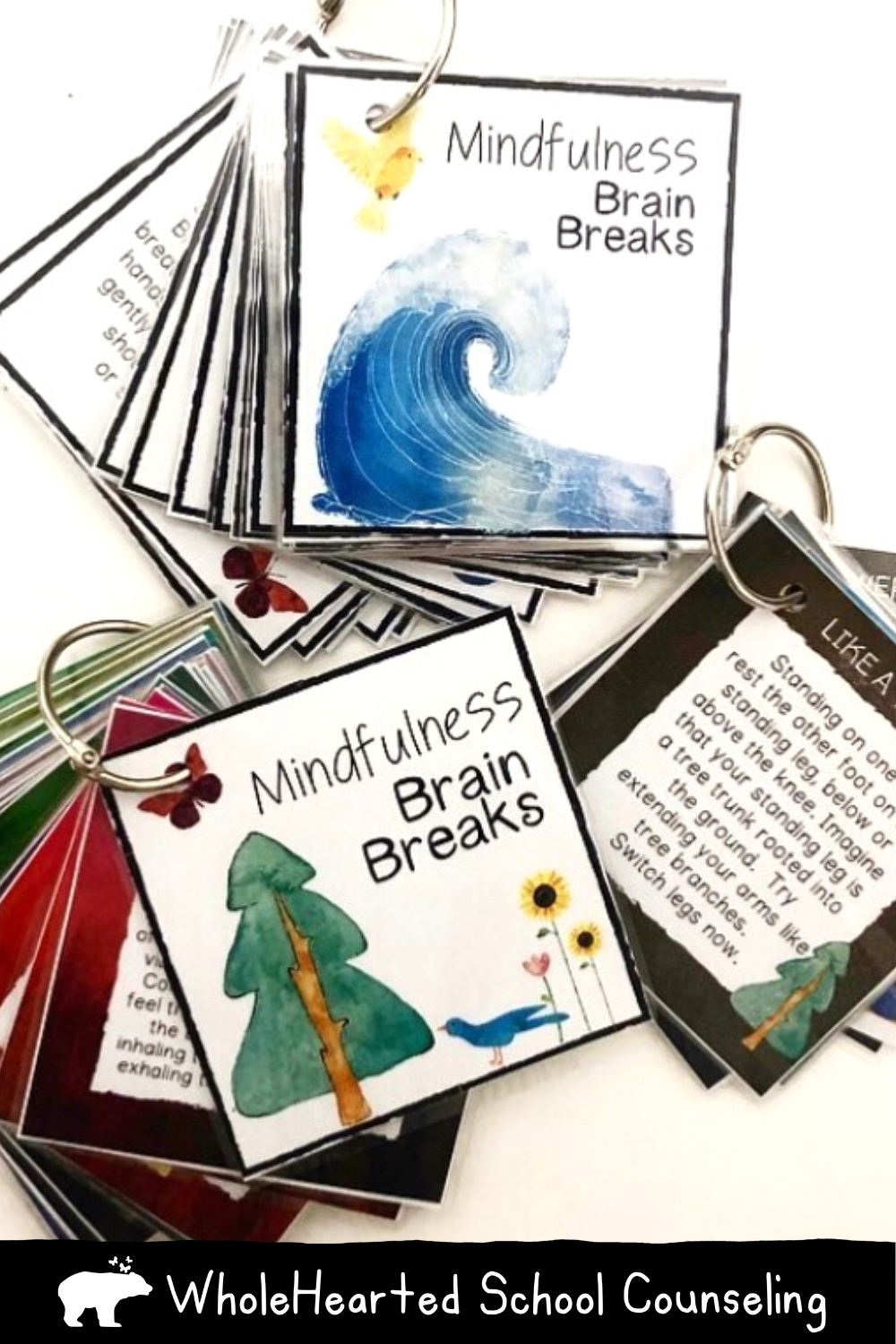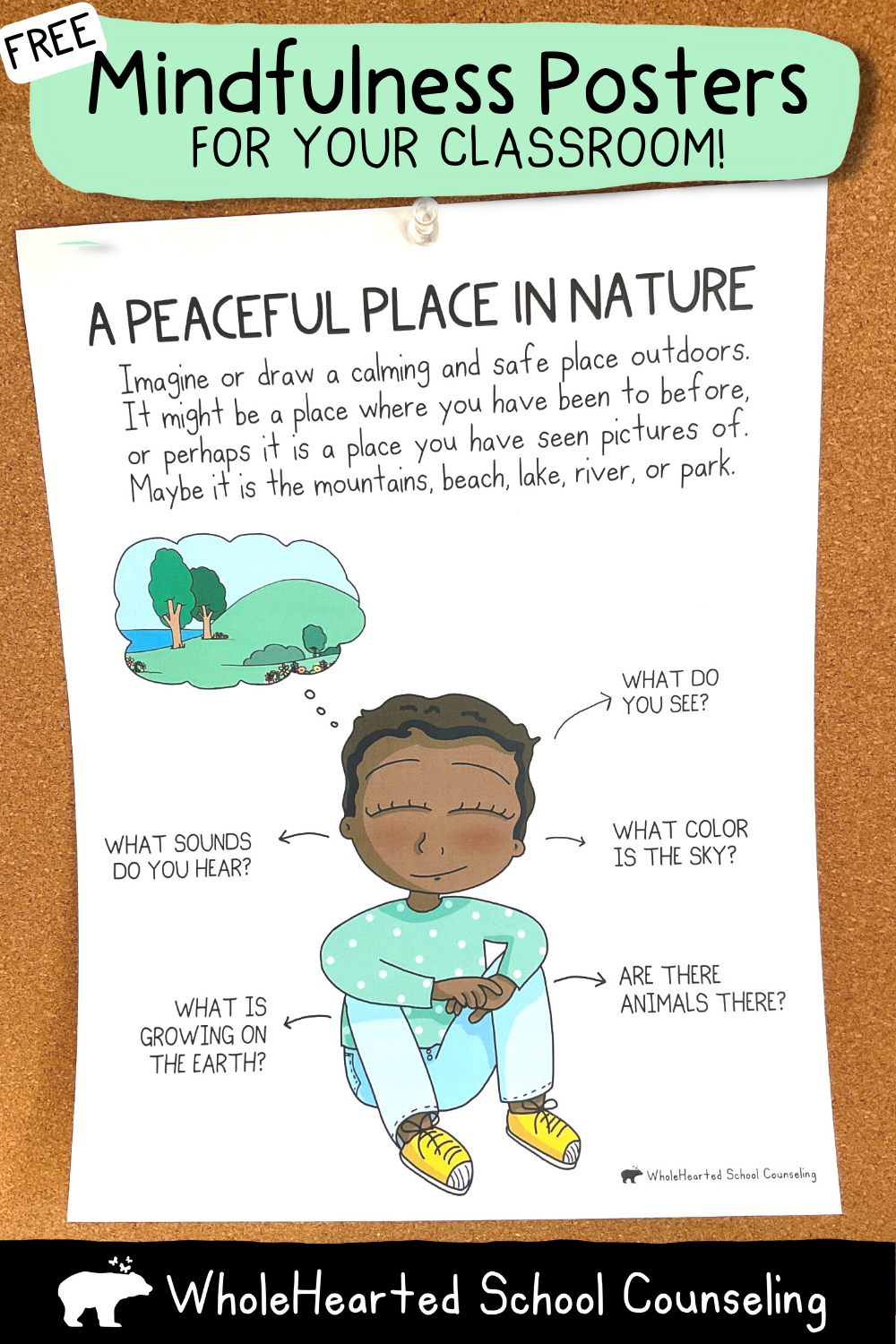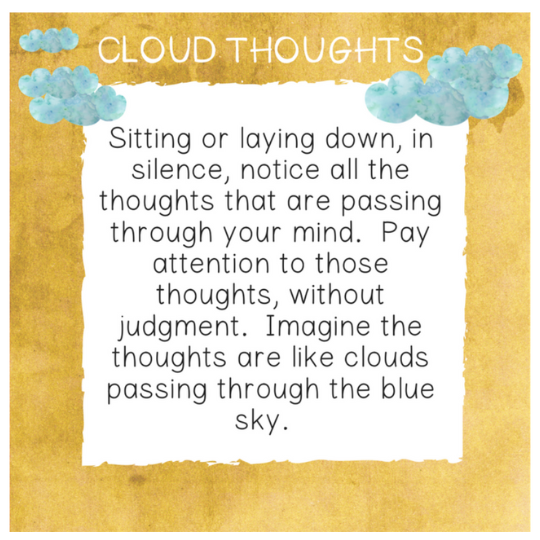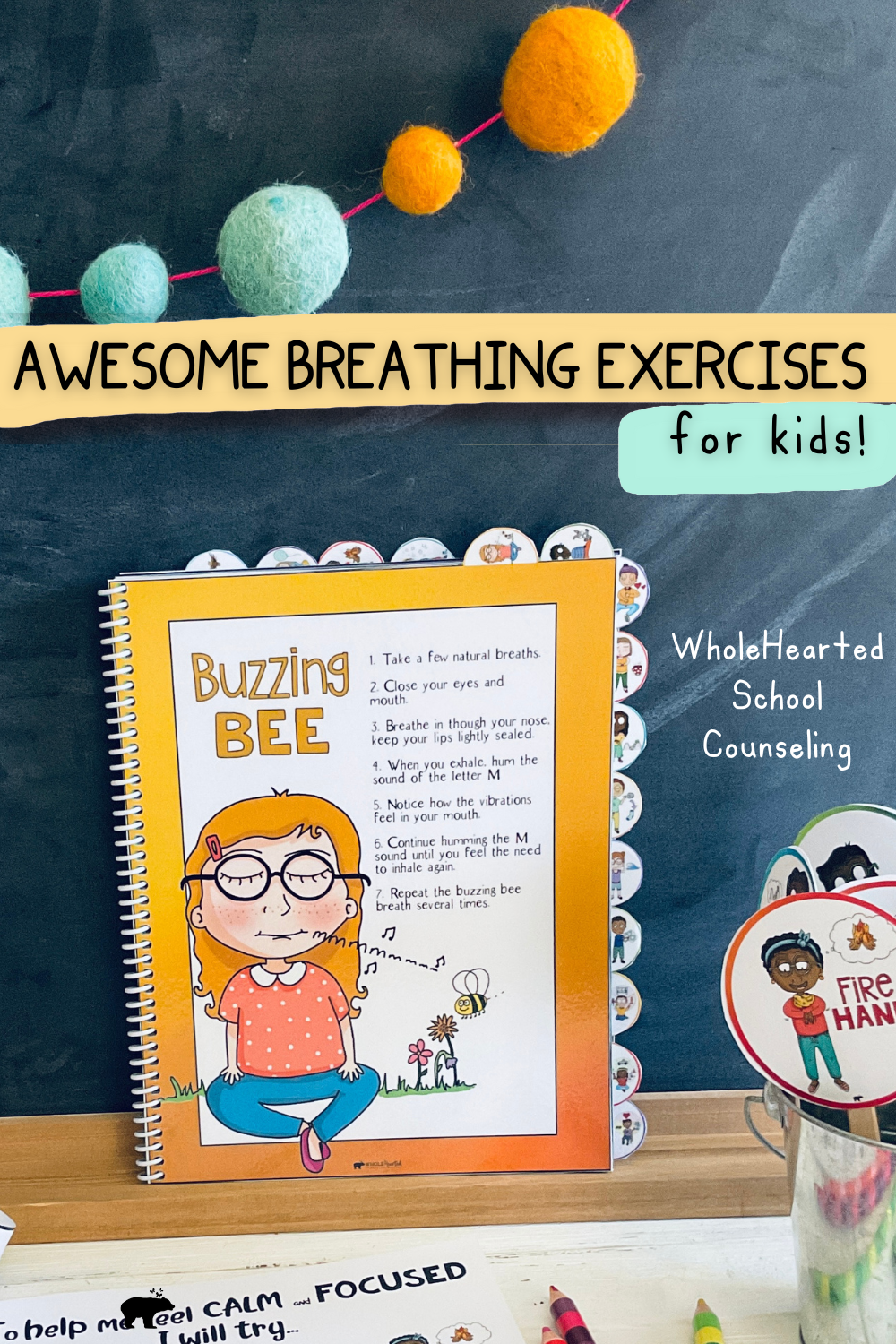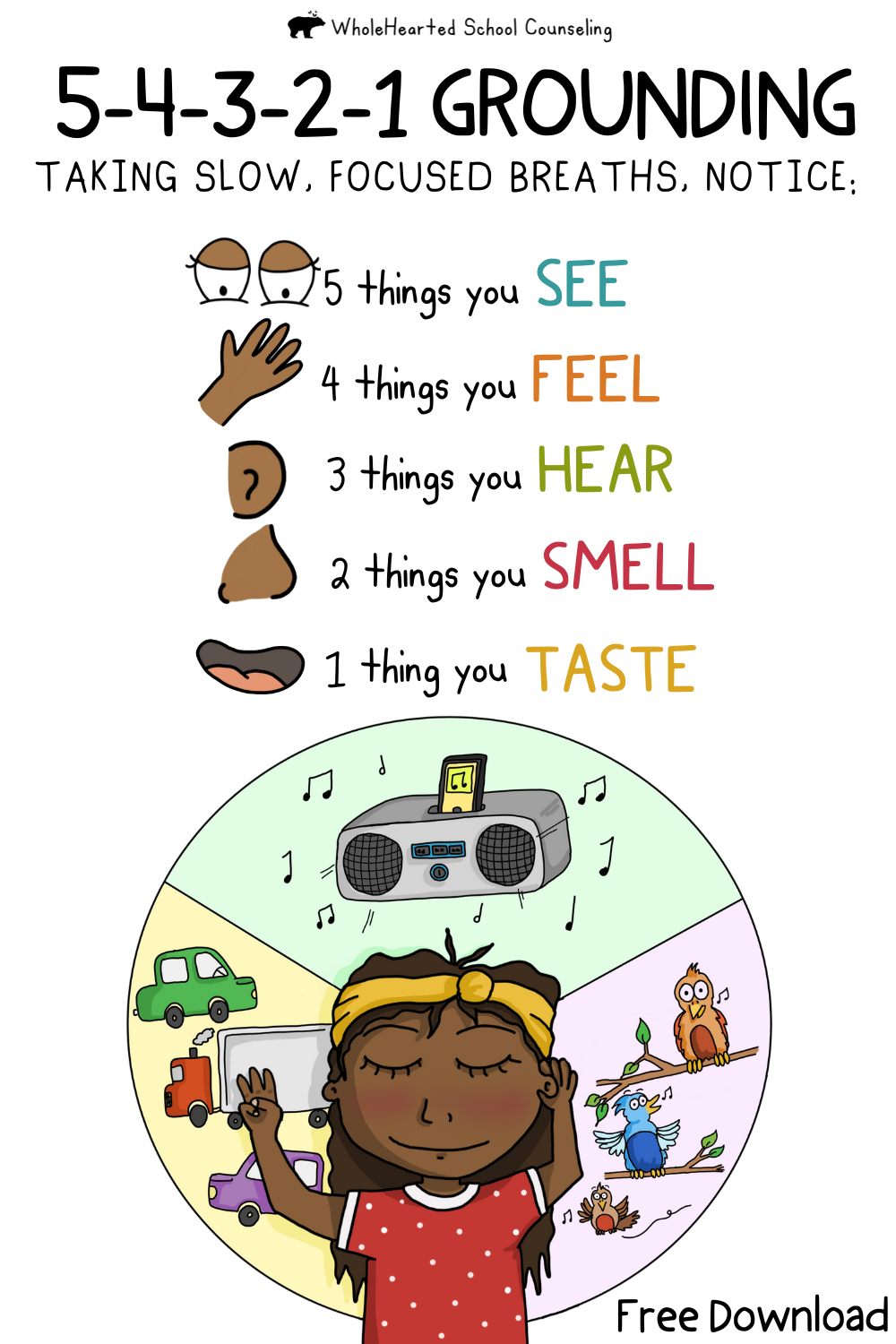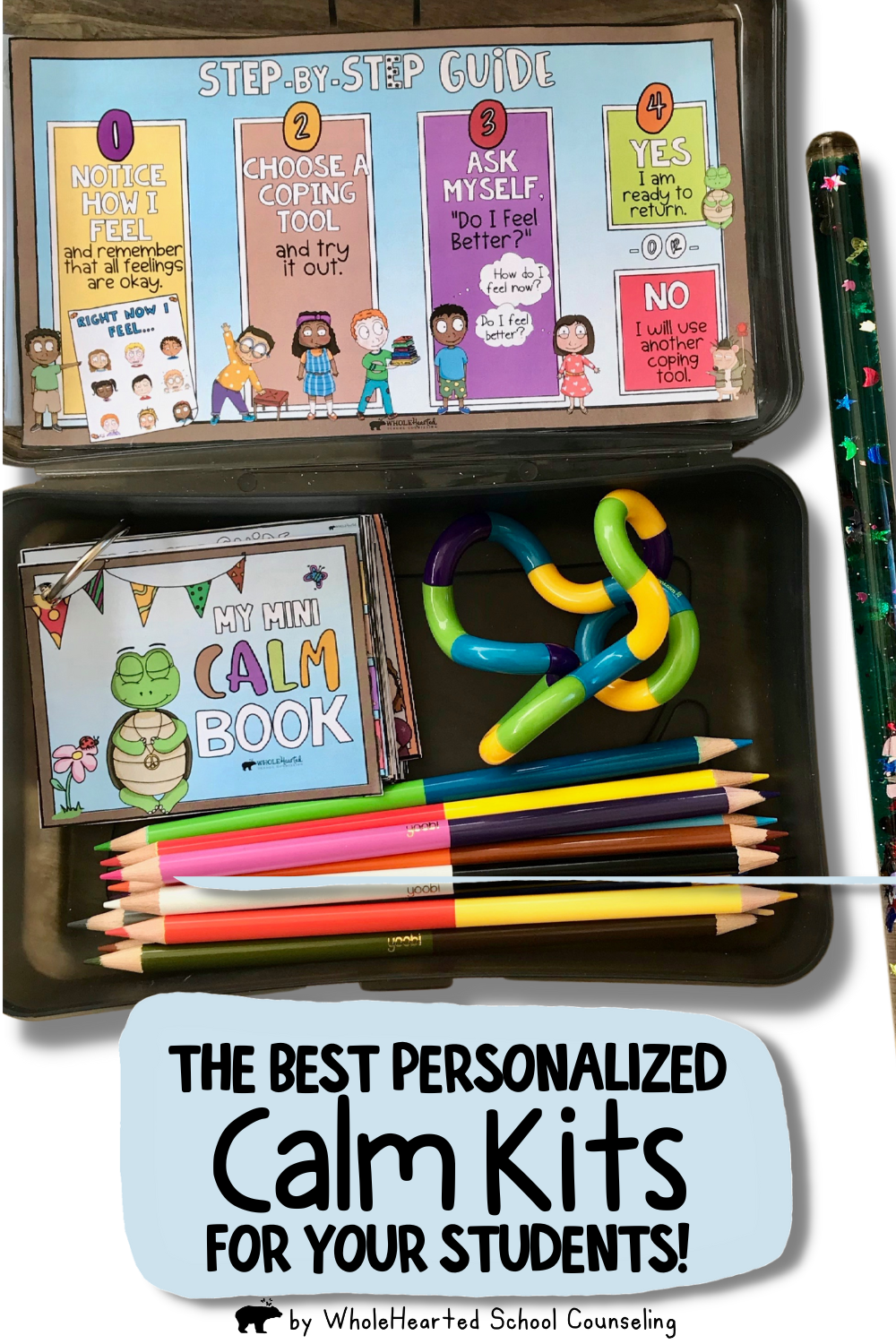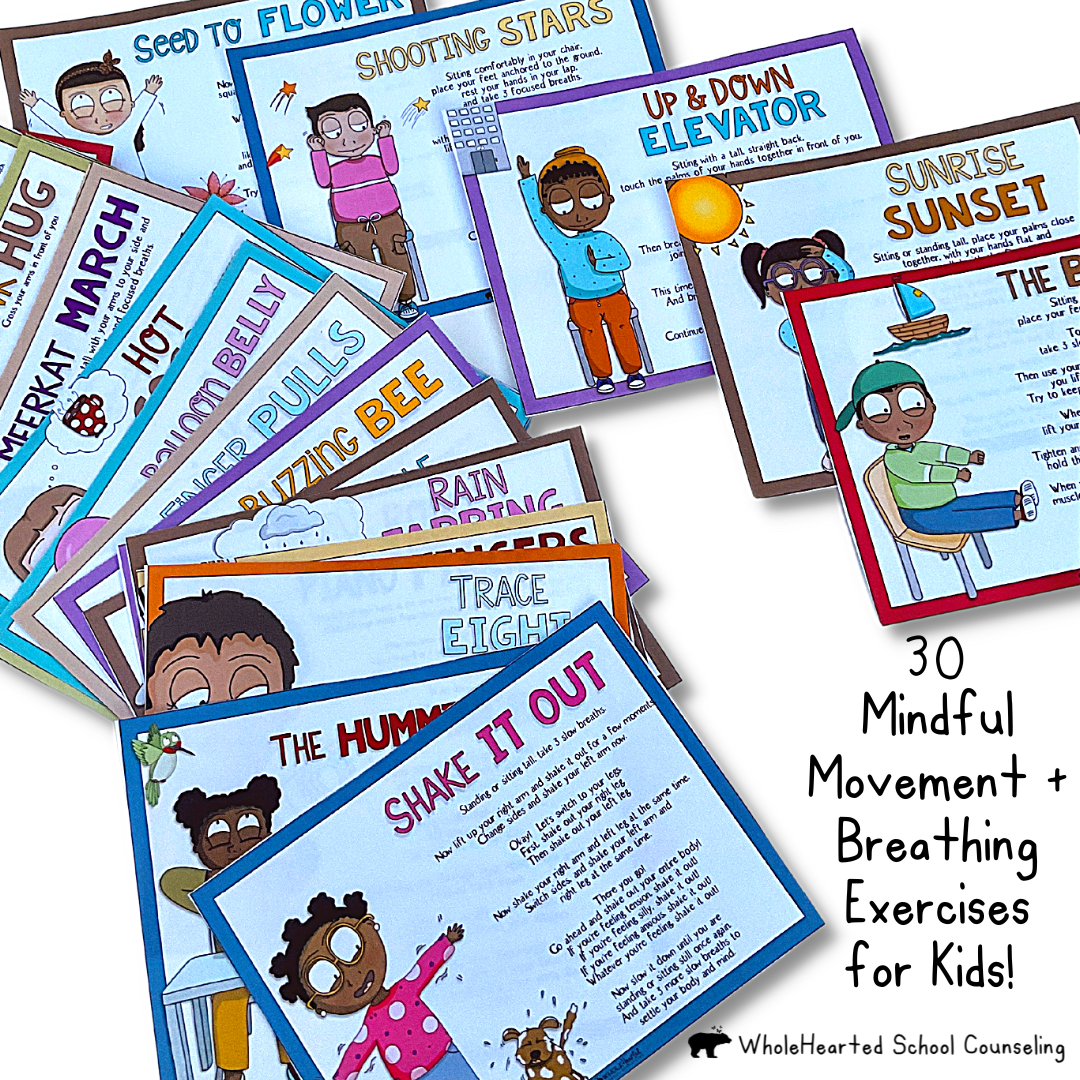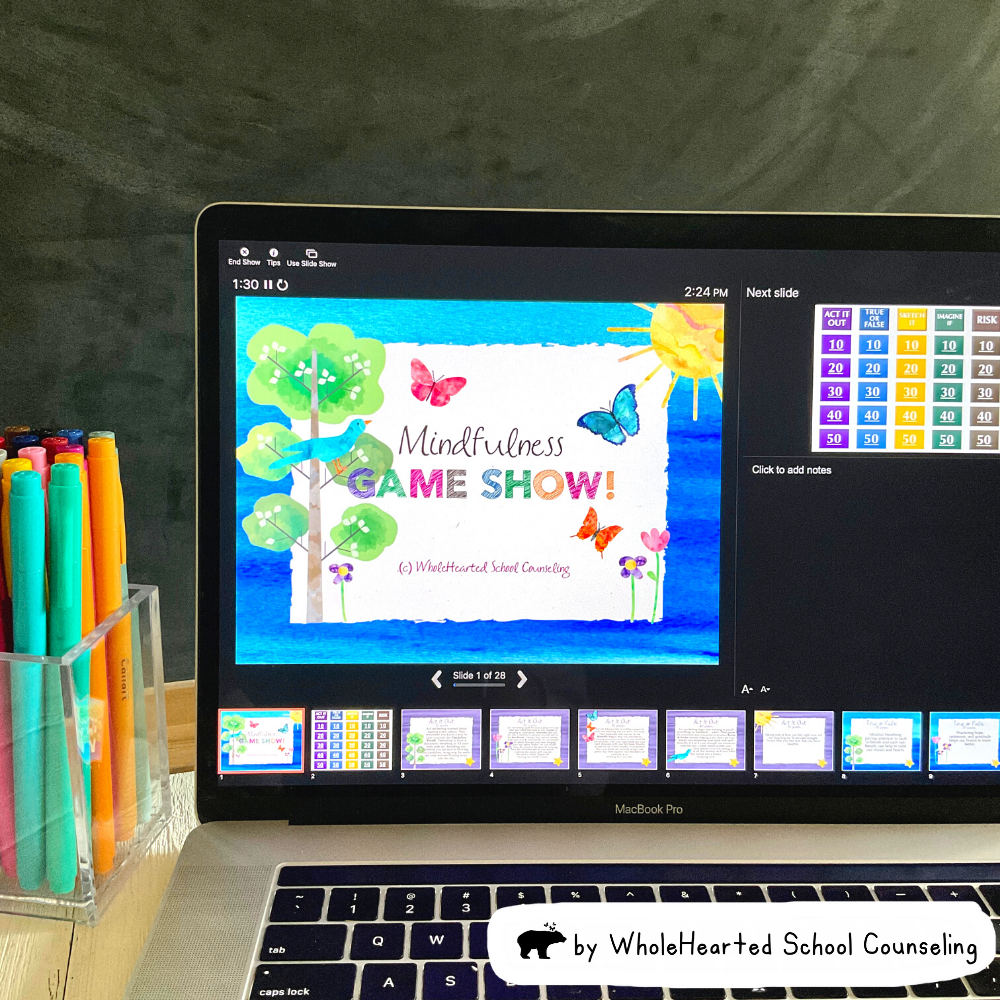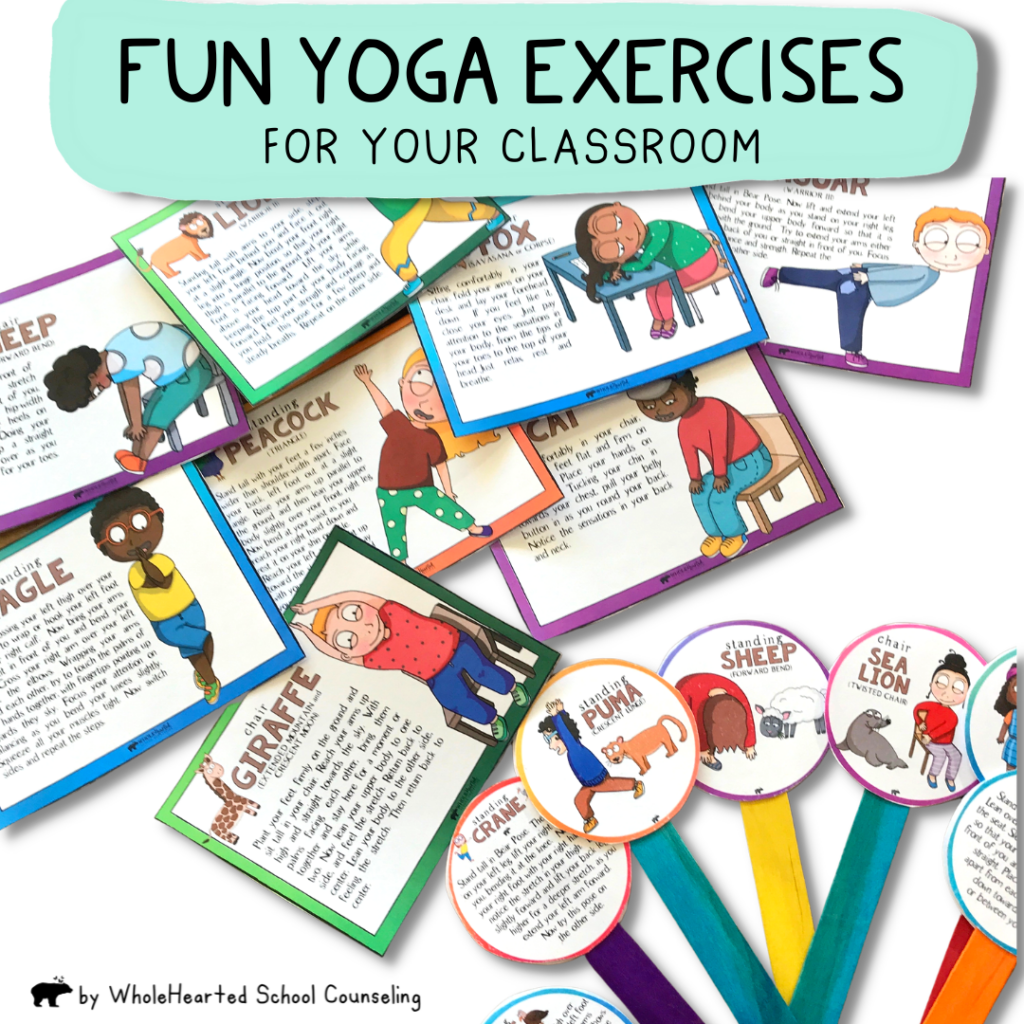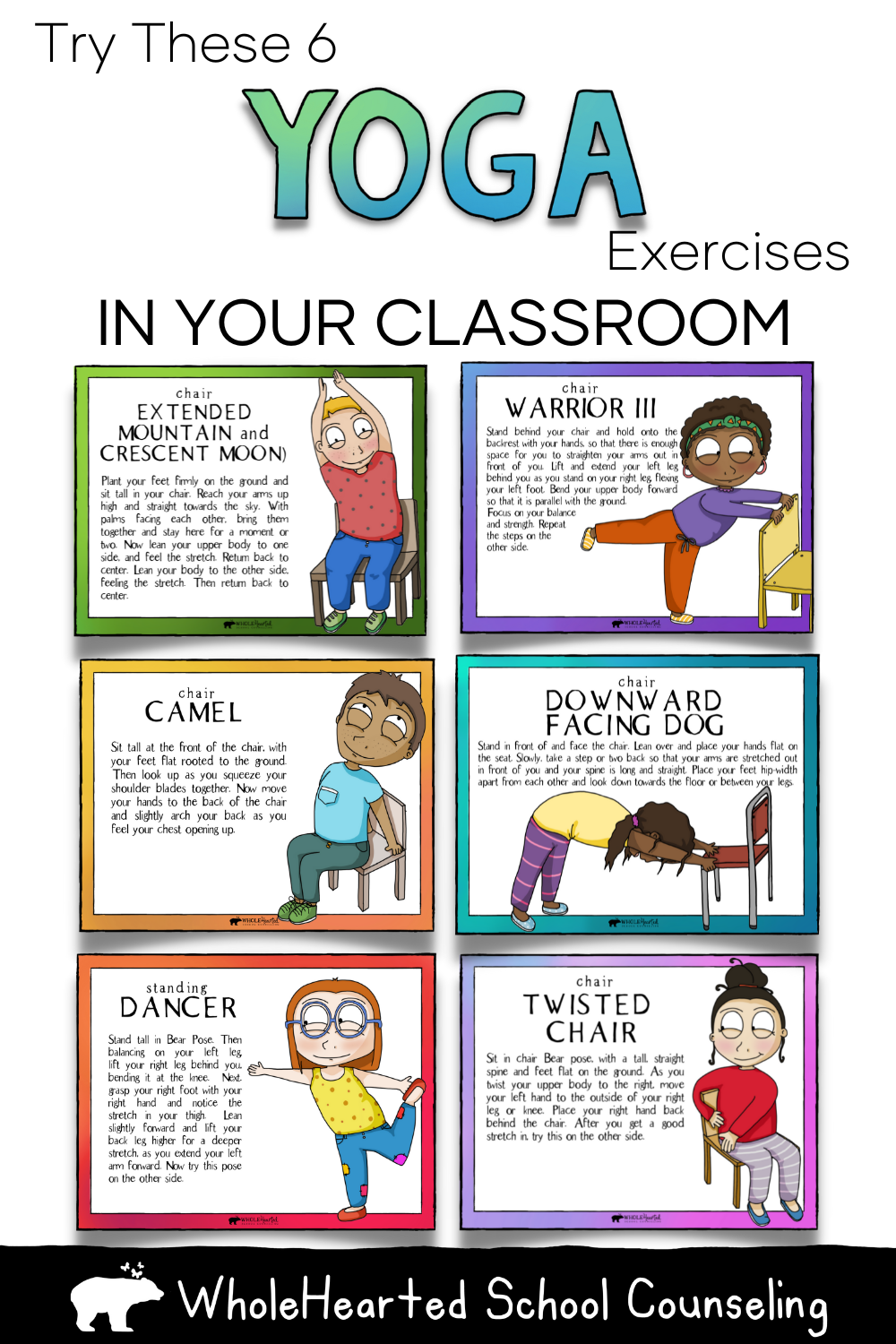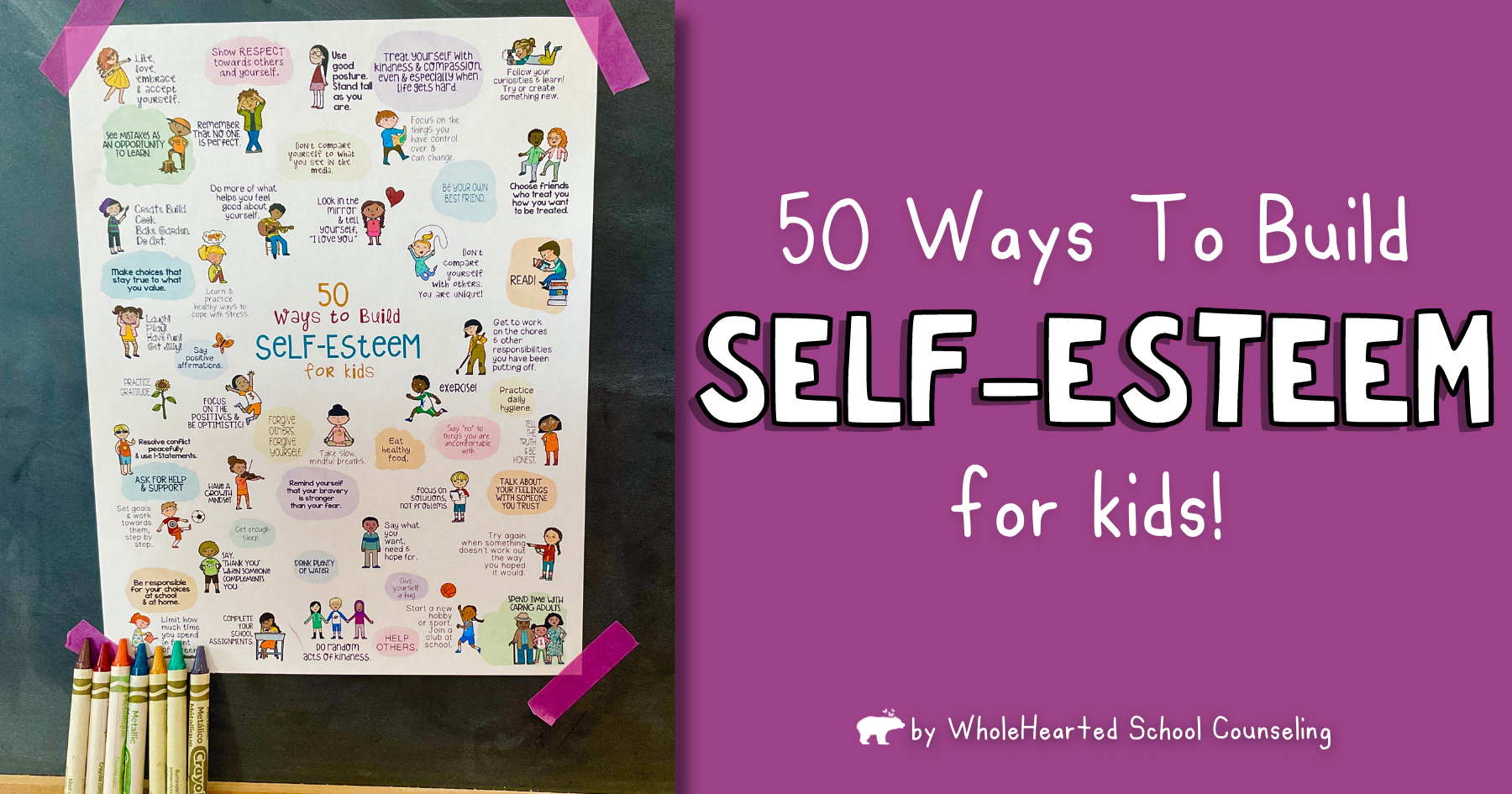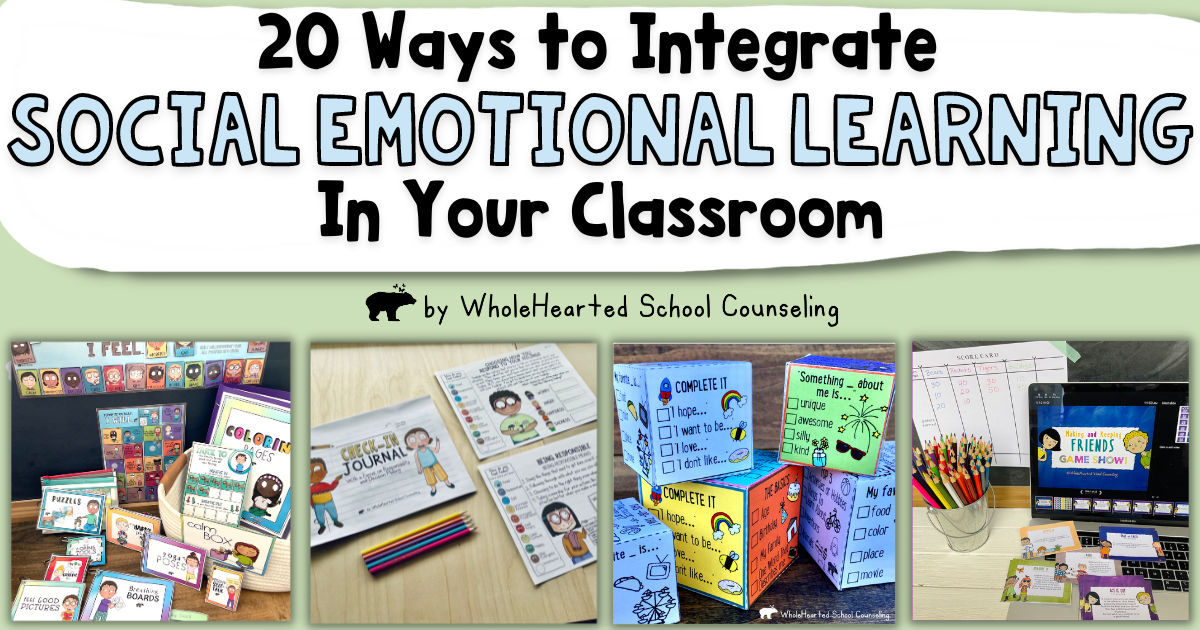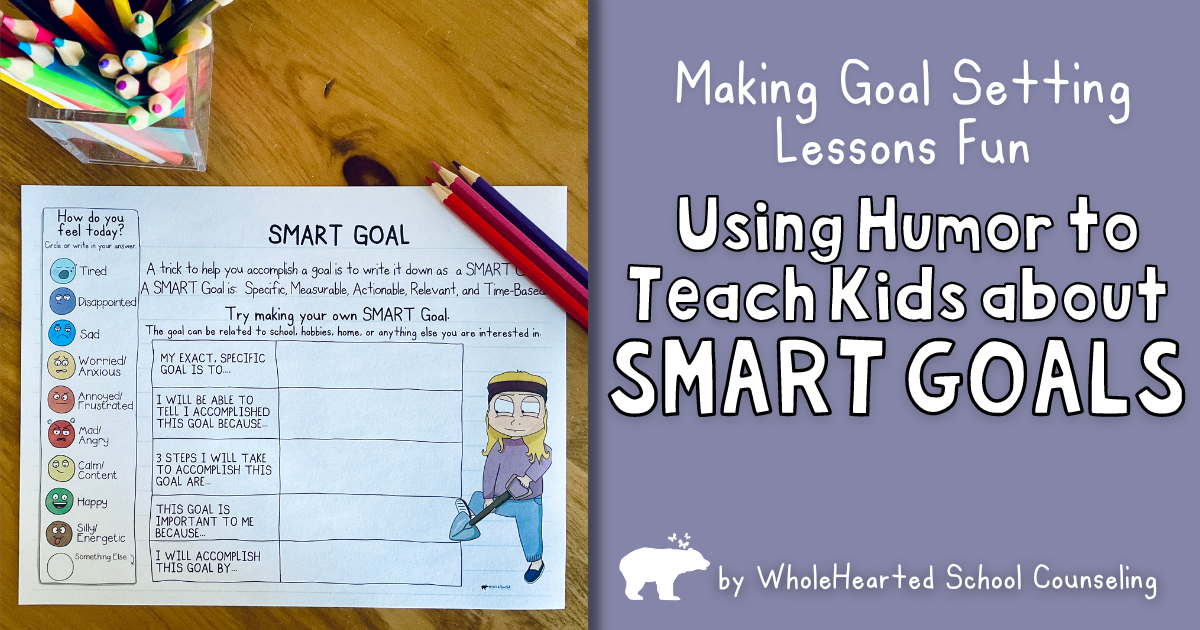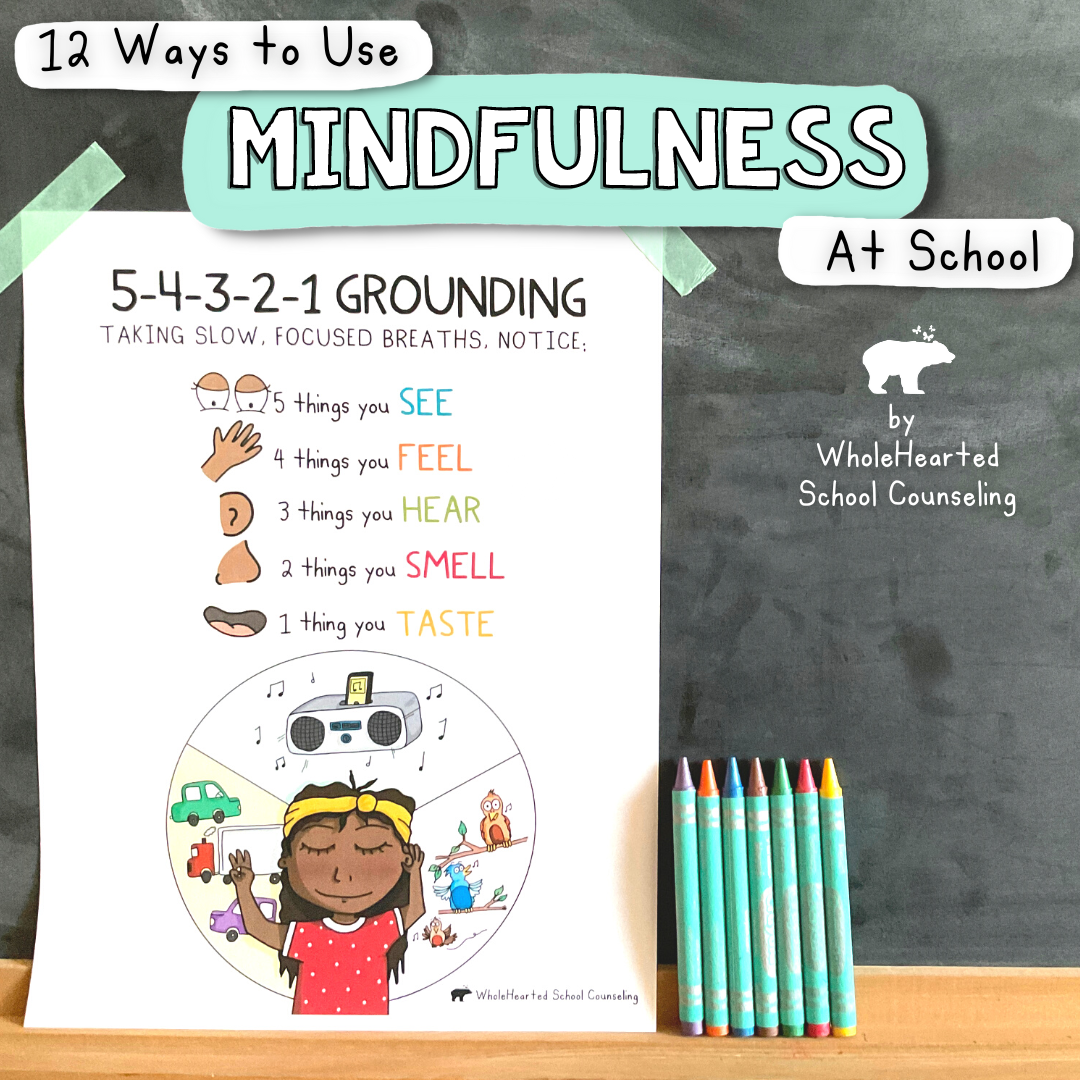
EASY WAYS TO INCORPORATE MINDFULNESS INTO YOUR DAILY CLASS ROUTINE
School counselors love it when buzzwords like mindfulness become a best practice in classrooms and school communities. Who else is excited about staff buy-in regarding the benefits of integrating mindful exercises into the school curriculum? From purposeful mindfulness activities in the classroom to slapping mindfulness posters on every hallway corner and bathroom stall door. Or hosting yoga in the staff lounge at lunch plus every professional development topic for the next 6 months focusing on teaching kids mindfulness! If you are just as jazzed up as I am, pick your favorite ideas from the ways to incorporate mindful practices list, and run with it!
1. INVITE (ANTSY) STUDENTS TO USE MINDFULNESS WAITING IN LINE
Think about how much time you have spent in your lifetime standing in a line. It can take patience, self-entertaining, and self-control to endure those long, long lines. Teaching students that they can magically make time speed up by doing a few quiet breathing exercises or brain breaks to help them refocus and stay calm will go miles.
Have them try the Butterfly Hug:
- Crossing your arms in front of you, hold the left shoulder with your right hand and your right shoulder with your left hand.
- Breathe in and out for 5 slow breaths.
- Now pretend that your hands are butterfly wings, and gently flap them against your shoulders for a minute or so, noticing how you feel.
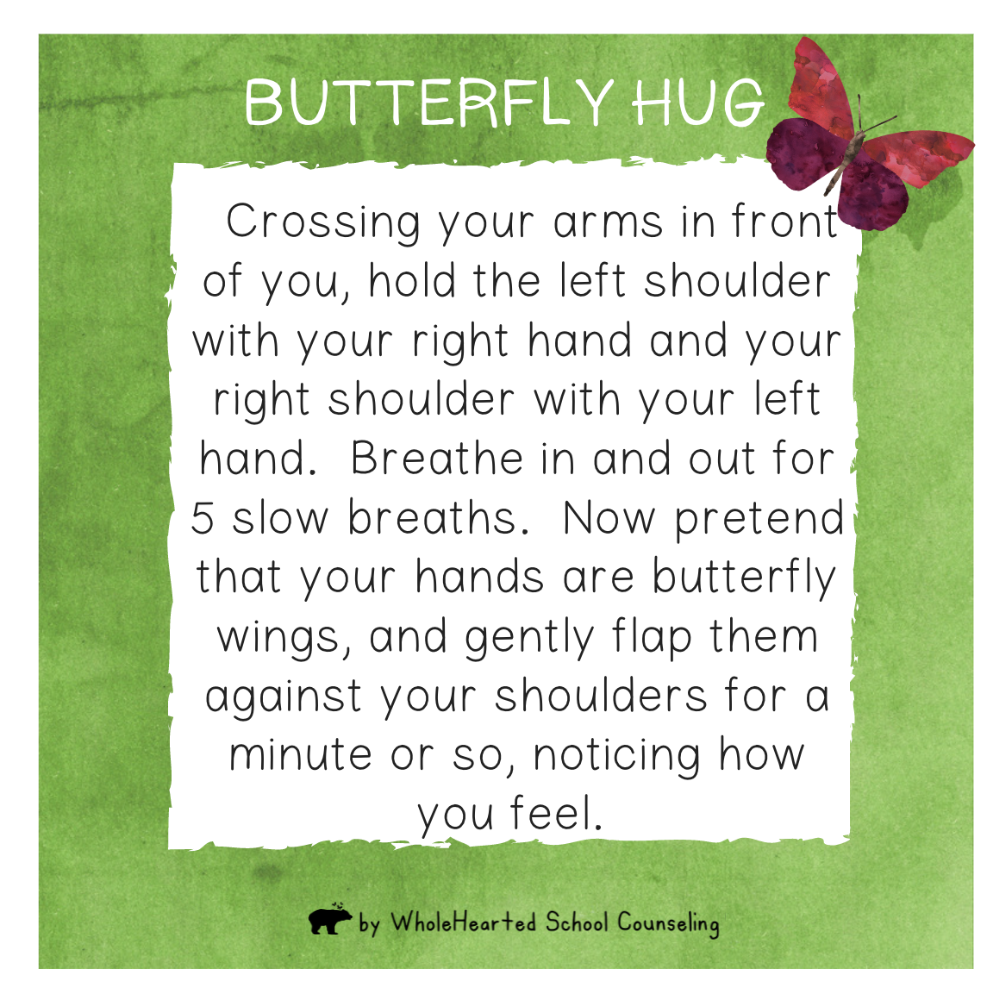
2. MINDFUL MORNING MEETINGS
If you are using restorative practices or circle time in your classroom, beginning this time with a mindfulness classroom activity helps students focus on the lesson or day ahead. It can also create a natural transition for the mind and body. Moreover, sliding in fun mindfulness exercises helps students to build skills for handling potentially stressful situations that are transferable to other parts of their lives. And to the benefit of all, brings stillness, predictability, and peaceful quiet to the room.
One way you can start circle meetings is by using short and easy mindful exercises, like these Mindfulness Brain Breaks. It comes with 48 different exercises, in both print and digital options. One of the best things about the digital version is the added music and narration…which means if you want to skip the reading part yourself, so that you can also join in with your students, you can! Or if you want to lead the exercises yourself, consider playing calming music in the background (just simply search relaxation, meditation, or calming music online; there’s tons of free tunes out there). Once this practice becomes routine, you can use student selection to have them call out and lead their favorite mindfulness strategy.
Try out a FREE SAMPLE of the by clicking here!
3. ADD VISUAL SUPPORTS ON THE WALLS
I wasn’t kidding about posting mindfulness posters up in every corner. Wherever students are working, drifting off into space or waiting in lines, hang a poster! As kids learn to read, their world is truly opened up to so much new information that they WANT to read everything they can. Download a few free (cute) mindfulness posters here!
Another idea is to pass out a stack of mindfulness brain break practice cards to each table group. Have them each read through the exercises, practice them if time allows, and select one that resonates. Then let them place it in their locker or cubby. This way they are reminded of the mindfulness practice when hanging up their coats or grabbing their backpacks at the end of the day. You could even do this on the first Monday of each month to switch it up, teaching new mindfulness practices and adding more tools to their pockets.
4. BREATHING EXERCISES AFTER A MENTALLY EXHAUSTING TASK
I know you have felt it when your mind can quite literally not take in another piece of new information or even process a single word being spoken at you. You can see it in kids physically with blank stares, hands on their temples, sighs (or screams) of exhaustion, and possibly running around the room. This is a perfect time to power down, put away everything, and close your eyes for a breathing exercise to recirculate the oxygen to the brain and body.
You can download these 30 Mindfulness Movement and Breathing Exercises Animated Videos resource and have it ready to go on your desktop. Just pop it open, play one of the short videos and watch your classroom transform. Eventually as the year progresses, students will be able to do them on their own…which is pretty cool to watch.
5. MINDFULNESS BEFORE UNSTRUCTURED TIME
Getting ready to head to lunch and recess? We all know this is the BEST time for socialization and catching up with your buds from other classes. But, this quick transition and stimulation overload can bring on the stress response if our bodies are not ready to take it all in (which can be especially true for introverted students).
Doing cloud thoughts before leaving the room allows students to leave the learning and events of the morning, good or bad, in the classroom to move onto this next step in the day.
Below is an example of how you can lead Cloud Thoughts:
- Sitting or laying down, notice all the thoughts that are passing through your mind.
- Pay attention to those thoughts, without judgment.
- Imagine the thoughts are like clouds passing through the sky.
- Leave them behind here in the classroom as we move into lunch/recess.
- When we return the clouds will have moved on with the wind.
6. MINDFULNESS MOMENT AFTER UNSTRUCTURED TIME
Are your students coming back in from freeze tag at outside recess, from their specials rotation, or from a Character Counts get-hyped-up assembly? Having a solid routine that includes a mindfulness activity in the classroom, helps to recenter and refocus their brains. This makes it easier for students to transition to listening for directions for the next task at hand.
If your routine includes students returning to their desks or carpet spots and waiting for the next instruction, have a mindfulness breathing exercise displayed on the board. Then select a student to lead the class through a mindfulness moment. This creates leadership opportunities in your classroom and student buy-in. And as an added bonus, gives you an extra minute to pass out supplies or get your materials ready for the next lesson.
7. MINDFULNESS FOR NEW STUDENTS
Students move in and out of the classroom all year long. Small groups fluctuate as the topics change. Sometimes students switch classrooms to find the best fit for their needs. And new children enroll in our schools. Using mindfulness to help new students feel comfortable and welcome encourages cohesiveness and the family-like environment classrooms desire.
Something that can help ease changes are mindful grounding exercises. Using all of our senses helps us to focus on the present moment. A favorite grounding exercise is the 5-4-3-2-1:
Just notice
- 5 things you see
- 4 things you can feel (touch)
- 3 things you can hear
- 2 things you can smell
- and 1 thing you can taste.
This poster is adapted from my Calm Kids Activity Book. You can download this free sample by clicking here!
8. INVITING FAMILY INPUT
One of the best ways to reinforce mindfulness skills is to get families involved! Two common questions you might have as a school counselor or teacher are:
1) How do I get feedback from home? And…
2) How do I send these strategies home for practice?
Parent/Teacher conferences are the perfect time to bring up all the wonderful ways you are seeing mindfulness impact their child. You can also have your students create personalized Calm Kits to take home for their bedrooms or to use in their break spot at home. This not only creates ties to home and school, it also encourages repetitive practice of this tool – transferring it to other areas of their lives. Sending students home with their very own individualized Calm Kits can also to guide behavior conversations while asking for family input and support.
9. MINDFULNESS IN CENTERS
If you’re a school counselor, you probably know that using centers to facilitate learning is an awesome teaching strategy. (Classroom teachers LOVE this learning tool, too!) Students get to transition through activities frequently, which keeps them engaged in learning and on task. Why not make Mindfulness Practice Cards one of the centers during ELA, or as the topic of the counseling lesson when focusing on ASCA Behavior Standard for Self-Management 2: Self-discipline and self-control or 7: Effective coping skills.
Since there are so many different learning styles and levels of reading and speaking abilities in any one classroom, pairing students in groups with a range of abilities encourages them to learn from and support each other through the mindfulness exercises. Using the mindfulness practices cards you are incorporating a visual and movement with the mindfulness activity and helping it stick to memory.
As students are working through the centers, you can then walk around and assess, or be at one of the stations to check for understanding.
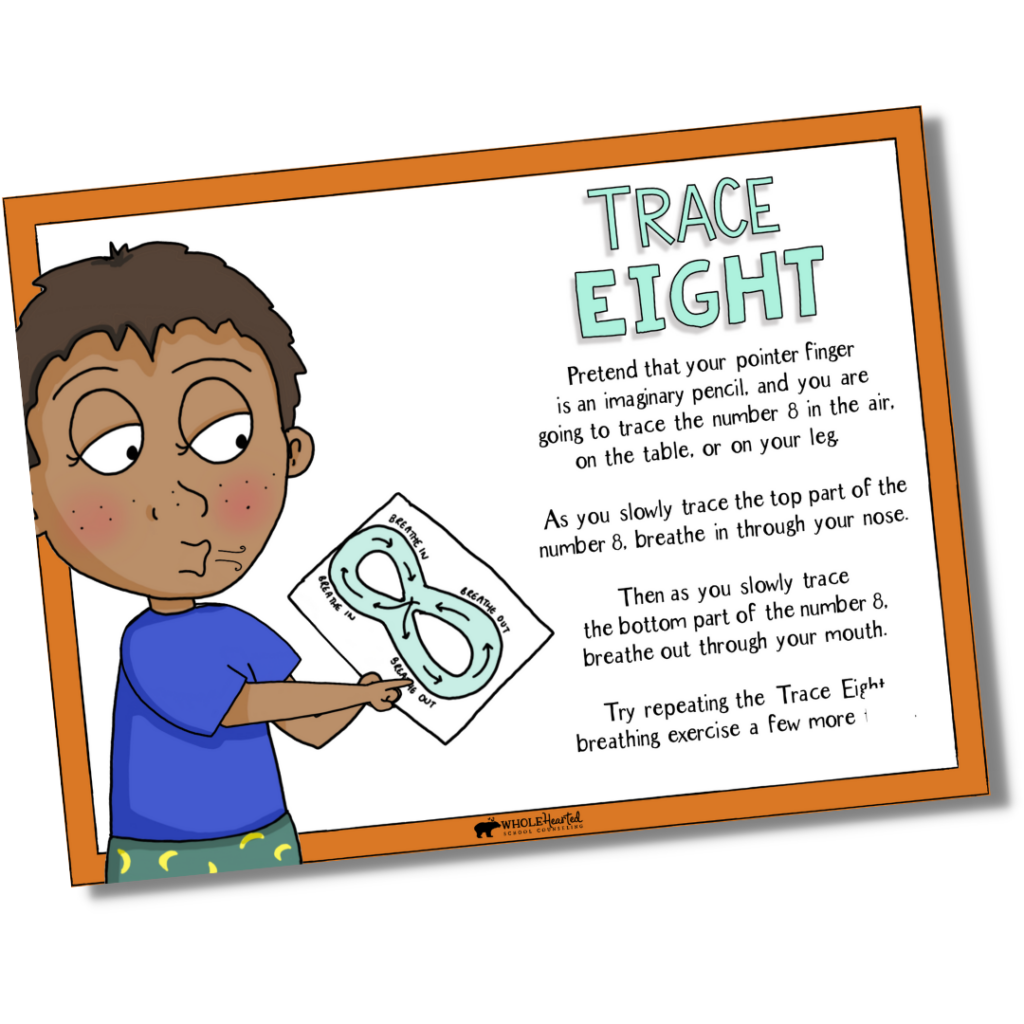
For example, ask them to pause and do Trace Eight. With the help of strong visual supports, students can show off how they are becoming expert crossing the midline breathers! And you can even invite them to repeat any of the exercises until they feel a calm, steady, and slow beating heart.
10. USING MINDFULNESS DURING INDOOR RECESS
Heads up Seven Up, Four Corners, Silent Ball, and Board Games. These are some top go to activities for when the weather is uncooperative and shouts with an evil fist, “Not today!” Support staff and classroom teachers are then faced with the task of helping students release the wiggles, allow for some self-guided unstructured time, while also keeping a calm flow in the classroom. (Um, how is that even possible?)
School Counselors and classroom teachers can now add to their game rotation this Mindfulness Game for upper elementary and middle school students. After laughing and chatting with their friends at lunch, bring them in for a calming, interactive mindfulness game and get your classroom ready for afternoon learning.
One of my favorites is The Mindfulness Card Game AND Digital Connect Game! Just round your students off into small groups, and give each a copy of the printable game, which plays a lot like classic UNO. Or if you prefer a no-print option, pass out a tablet to each group for a few rounds of the digital version, which plays similar to the 4 in a row connect style game. The interactive digital and physical versions allow for different environments and learning styles. (BTW…the printable deck of cards have both color and black and white printing options. Instead of colors, there’s shapes!) Check it out here!
11. TEACH IT!
Okay, this last one is probably a no-brainer. But why not literally teach about mindfulness in a guidance lesson or social emotional learning unit? And even better, make it a super, fun interactive NO-PREP lesson! You can find all that in the Mindfulness Game Show! It takes about 45-60 minutes to complete, but believe me, your students will be asking to play more!
You can use this lesson stand-alone, as an introduction to mindful stress management, or as a supplement to your social emotional lessons. (It’s great for small groups, too!) The format is experiential, which is perfect if you’re going to teach mindfulness. Not only do students get to practice different mindful exercises, there are also opportunities to role play, draw, use their awesome imaginations, and work on team building skills, too!
12. MOVE IT! (Mindfully)
And finally, who said you have to be still for mindfulness to do its calming job? One of the best ways to incorporate mindfulness into your daily classroom routine is to lead your students in yoga and stretching exercises! You can do mindful movements in as little as a couple minutes per day. Yoga is a quiet activity. And best of all, can work wonders with transitions and help to shift chaotic energy into peaceful energy. Yoga is wonderful – and fun – coping skill; practicing yoga can improve self-control, self-awareness, mental focus, and even memory.
When students slow down and pay attention to their movement, physical sensations in their body, and breathing, it helps them to move out of a reactive state into a receptive state, which also means they are more ready to focus, learn and make better decisions in whatever context they find themselves in.
Be sure to check out my Yoga for Kids resource! I designed it with the school setting in mind. This means no yoga mats or getting down on the floor required. There are 32 classroom friendly differentiated poses that even include safely using chairs and/or sitting! Plus, the digital version has an extra 14 bonus poses that involve exercises on the floor, too. Perfect for your Calm Corner, trauma informed classroom and social emotional learning curriculum!


